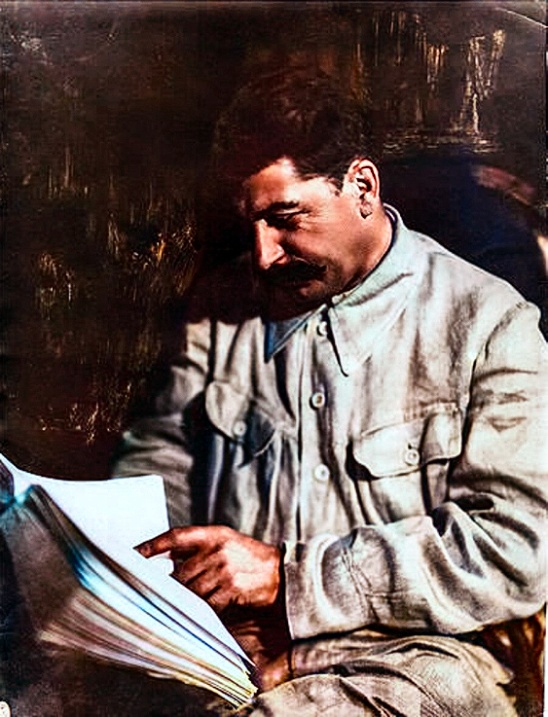Suspected rebels killed at least 26 people on Tuesday in the picturesque tourist resort of Pahalgam in the deadliest such attack in a quarter century in Indian-administered Kashmir, raising fears of an escalation in India-Pakistan tensions.
The attack in Kashmir’s southern district of Anantnag prompted anger across India. It came amid the peak tourist season as hundreds of thousands of tourists were holidaying in the region, which has been racked by a three-decade armed rebellion.
Soon after the attack, teams of police and paramilitary troops rushed to the spot to evacuate the wounded tourists and launch a manhunt for the attackers. Indian Home Minister Amit Shah, along with the country’s top security brass, rushed to Kashmir, while Prime Minister Narendra Modi cut short a visit to Saudi Arabia to return to New Delhi, where he held a meeting on Wednesday morning to craft India’s response.
The attack also unfolded as India is hosting United States Vice President JD Vance, who arrived on Monday and is scheduled to leave on Thursday.
Here’s what we know about the attack, the victims, the attackers, the backdrop for the killings, what this means for Kashmir and the region, and how India might react.
Pahalgam, which means “valley of shepherds” in Kashmiri, is one of the most visited tourist destinations in the region, located about 50km [31 miles] from the main city of Srinagar.
On Tuesday, witnesses told Al Jazeera that the area was bustling with tourists. At about 2:45pm, a group of armed men in camouflage clothes emerged from a nearby forest, an official said, requesting anonymity to discuss details that security forces have not made public.
The attackers “opened indiscriminate fire at Baisaran meadow, a scenic uphill area accessible only by foot or pony rides,” the official said. Many tourists were caught off guard as the sudden volley of bullets rang out.
Simran Chandani, a tourist from Nagpur in the western Indian state of Maharashtra, said she was not sure she would survive the attack.
“We were preparing to leave after having tea and Maggi [a popular prepackaged, ready-to-eat noodle snack]” when the attack started, she said, describing Pahalgam as “mini-Switzerland”.
Then it all changed. “I saw a rush of people coming down, we thought the balloon had burst, people were pushing each other, who told us an attack had happened,” she recalled, adding that mostly men were fired upon. She joined the others in trying to escape. “I was taking the name of God and running,” Chandani said.
At least 26 people have been killed in the attack, and more than a dozen others were injured.
The tourists killed were almost all civilians, and an Indian Navy officer from the northern state of Haryana on his honeymoon.
A 68-year-old former banker from Pandurangapuram in the southern state of Andhra Pradesh, who was visiting the region with his wife, was also killed. The deceased also included a realtor from the southern state of Karnataka, an accountant from the eastern state of Odisha, a cement dealer from Uttar Pradesh in the north, and a Gulf-returnee from the southern state of Kerala.
One foreign national, from Nepal, was among those killed.
A statement issued in the name of The Resistance Front (TRF), which is believed to be an offshoot of the Pakistani-based Lashkar-e-Taiba, claimed responsibility for the attack.
The statement linked the attacks to the thousands of residency permits being handed over to Indian citizens, permitting them to live and work in Kashmir. However, Al Jazeera could not independently confirm the statement’s authenticity.
The Indian government had stripped Kashmir’s semi-autonomous status in 2019, asserting more federal control and splitting the former state into two union territories. The move escalated political tensions in the region and paved the way for the Indian government to issue residence permits to non-Kashmiris, which had previously been banned.
Indian officials told Al Jazeera on condition of anonymity that they suspected that four attackers took part in the killings – two of them from Pakistan, and two from Indian-administered Kashmir.
Fifteenth WWIII front opened up



